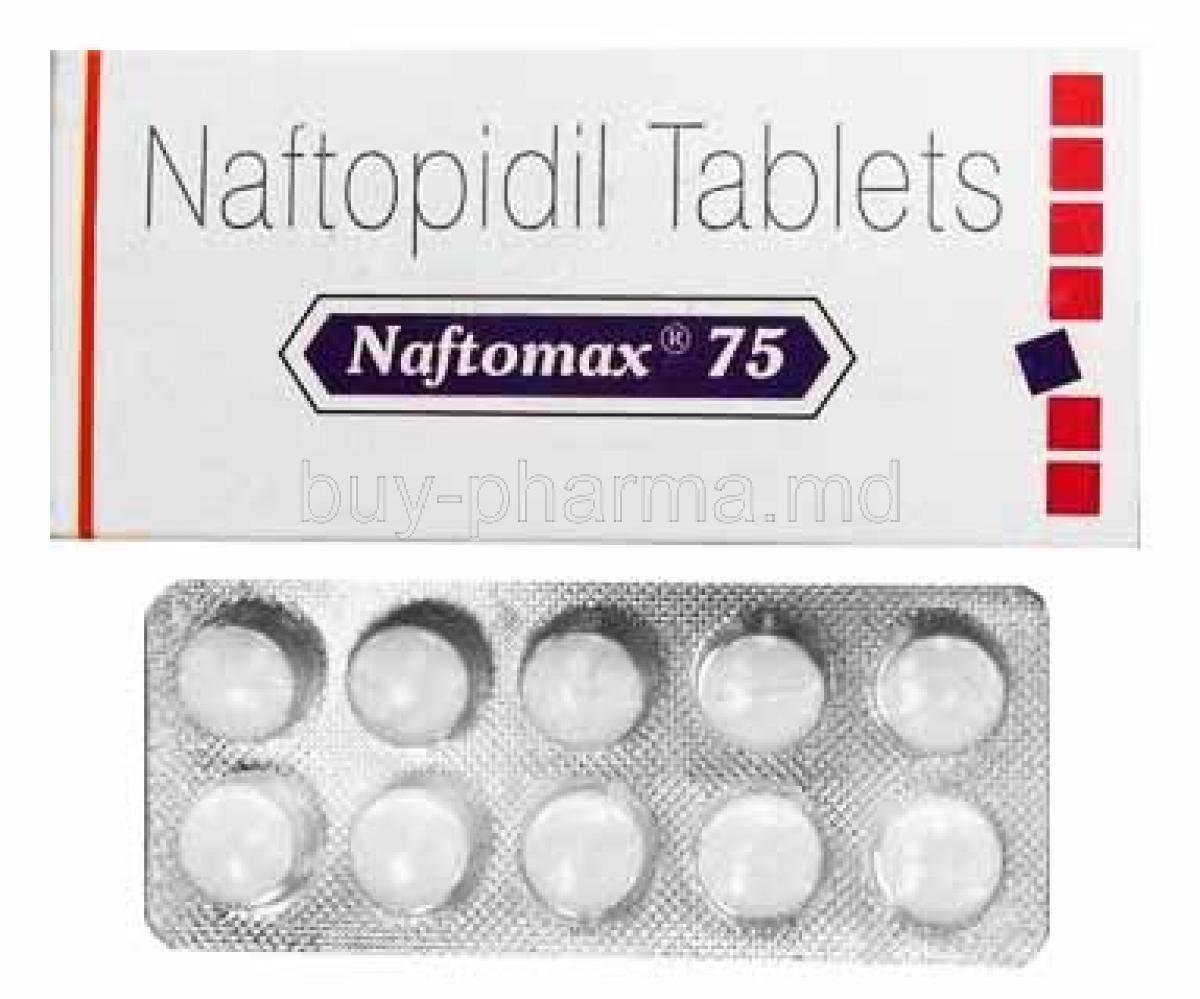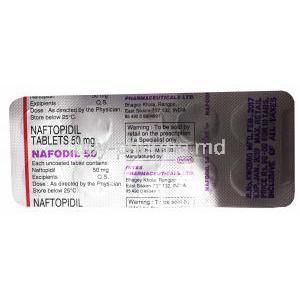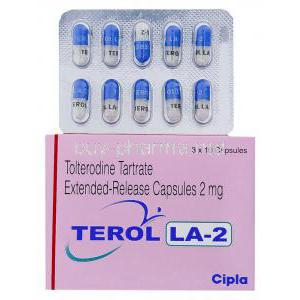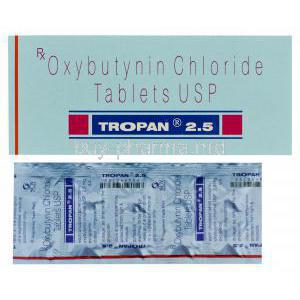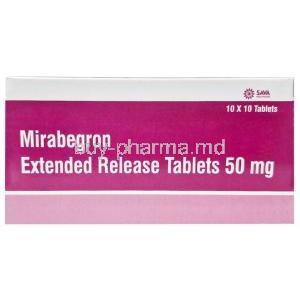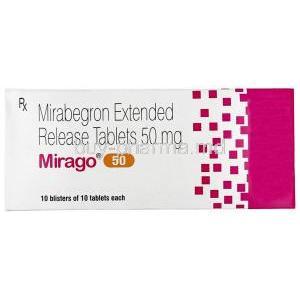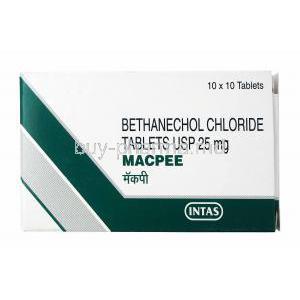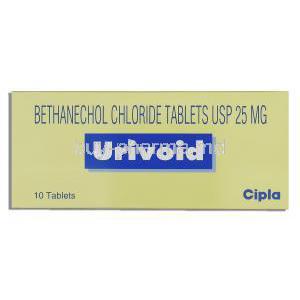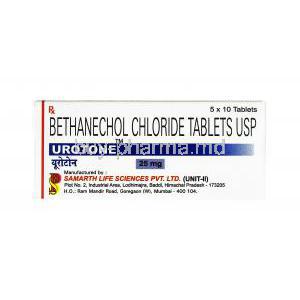Naftopidil
- I. Introduction to Naftopidil
- II. Composition of Naftopidil
- III. Mechanism of Action: How Naftopidil Works
- IV. Uses of Naftopidil
- V. Off-Label Uses of Naftopidil
- VI. Dosage and Administration of Naftopidil
- VII. Naftopidil in Special Populations
- VIII. Side Effects of Naftopidil
- IX. Interactions of Naftopidil with Other Drugs
- X. Important Precautions and Warnings
- XI. Handling and Storage of Naftopidil
- XII. Overdosage: Signs, Management, and Prevention
- XIII. Naftopidil Contraindications
- XIV. Careful Administration: Ensuring Safety and Efficacy
I. Introduction to Naftopidil
Naftopidil is a used medication for the treatment of symptoms related to benign prostatic hyperplasia (BPH), a condition that causes urinary discomfort. It has been extensively and proven to be effective and safe. In urology, Naftopidil plays a crucial role in improving the quality of life for patients, with BPH going beyond just relieving symptoms.
II. Composition of Naftopidil
Naftopidil is a compound with a unique molecular structure known as a phenylpiperazine. This structure gives it the ability to block alpha-1 receptors selectively. Its hydrophilic nature helps it to work effectively in the body.
The primary active component of Naftopidil is its pure form, which interacts with adrenergic receptors. This interaction plays a role in relaxing the smooth muscles in the urinary tract.
Naftopidil is available in doses and is commonly formulated as an oral tablet. These formulations are carefully designed to ensure bioavailability and effectiveness in providing therapeutic benefits.
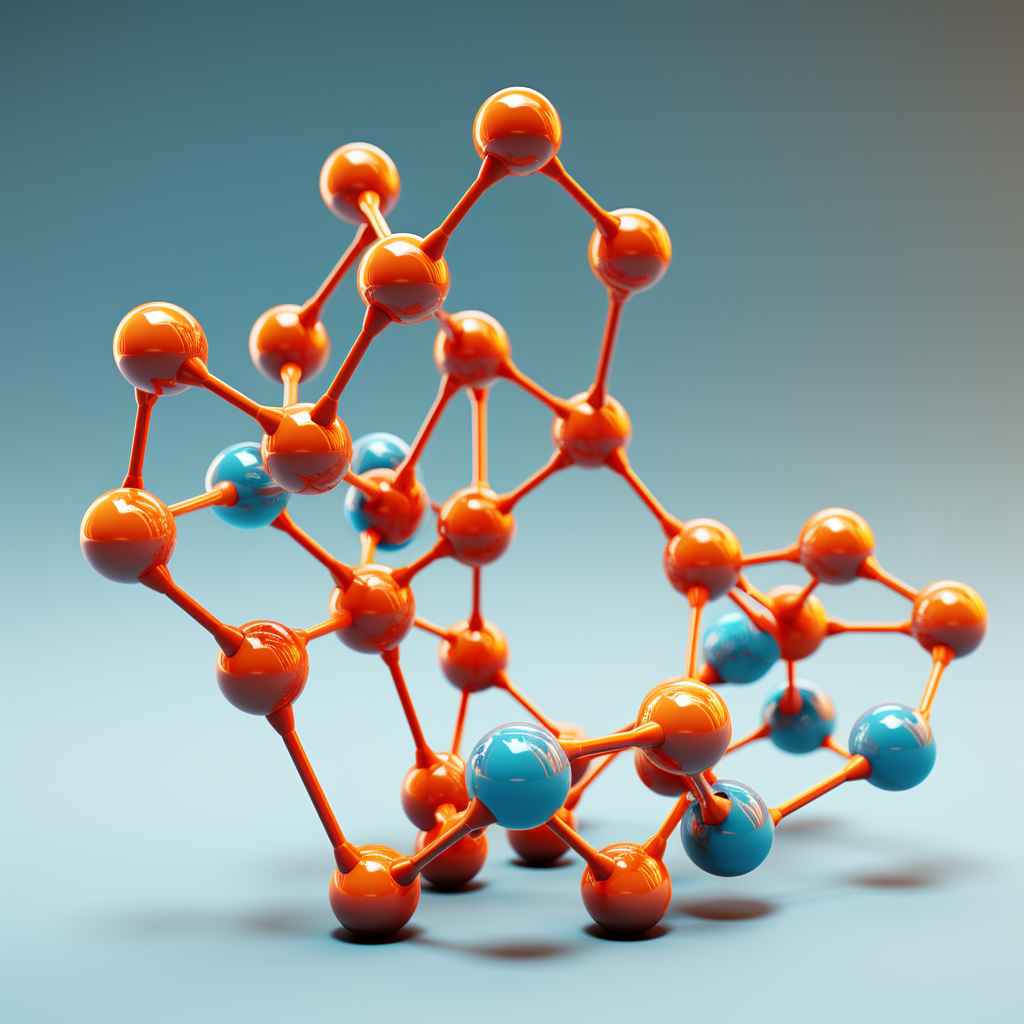
III. Mechanism of Action: How Naftopidil Works
Pharmacodynamics: How it interacts with the body; Naftopidil works by blocking alpha 1 adrenergic receptors, which relaxes smooth muscles in the prostate and bladder neck. This helps improve obstruction and related symptoms.
Comparative Mechanism with Similar Medications: Although Naftopidil belongs to the class of other alpha-blockers, it stands out due to its higher selectivity, which means it has fewer side effects on blood vessels.
Targeted Systems and Effects: The main focus of Naftopidil is the urinary tract, which it effectively reduces symptoms associated with BPH, such as nighttime urination, incomplete bladder emptying, and frequent urination.
IV. Uses of Naftopidil
Naftopidil is a medication that is mainly used to treat benign prostatic hyperplasia (BPH), a condition that involves addressing both the muscular tone and prostatic enlargement aspects of the condition123. Additionally, Naftopidil has shown effectiveness in treating urinary tract symptoms (LUTS) that are not specifically linked to BPH1. While not its primary uses, there are studies exploring potential therapeutic applications of Naftopidil in areas such as hypertension4 and Raynaud’s phenomenon5.
1: DrugBank Online 2: Medindia 3: Lybrate 4: Springer 5: Life Extension.
V. Off-Label Uses of Naftopidil
Ongoing studies are currently investigating the effectiveness of Naftopidil in areas, including psychiatric disorders. It is believed that the blocking of alpha 1 receptors could potentially provide benefits in these conditions4. There have also been reports of Naftopidil being used in cases of pelvic pain syndrome suggesting its wide range of potential uses5. However, it is crucial to consider the ethical and legal aspects when exploring off-label applications to ensure patient safety and compliance with medical guidelines5.
VI. Dosage and Administration of Naftopidil
Here are some general guidelines for taking Naftopidil: The usual starting dose is 25 mg daily. This can be adjusted depending on how well it works for you and how well you tolerate it. If you fall into a group, such as being elderly or having kidney problems, your doctor may need to modify your dosage to suit your individual needs. To ensure administration, try taking Naftopidil at the same time every day. It's best to take it after a meal as this can help with absorption and reduce the chances of experiencing any stomach-related discomfort.
VII. Naftopidil in Special Populations
- Special Considerations for the Elderly: It is essential to monitor patients closely due to their increased sensitivity and the possibility of experiencing side effects.
- Use in Pregnant Women and Nursing Mothers: The safety of Naftopidil during pregnancy and breastfeeding has not been established. Therefore, it should only be used if the potential benefits outweigh the risks to the unborn or nursing infant.
- Guidelines for Treating Children: It is not recommended to use Naftopidil in patients as there is insufficient data available regarding its safety and effectiveness.

VIII. Side Effects of Naftopidil
Common Side Effects and Management: The frequent side effects of this medication are dizziness, headaches, and digestive issues. These effects are usually mild. It can be controlled with supportive measures.
Rare and Serious Adverse Reactions: Although uncommon, reactions such as low blood pressure and fainting have been reported. If you experience these symptoms, it is crucial to seek medical attention.
Long-term Impact and Monitoring: If you are on long-term treatment with Naftopidil, it is crucial to undergo monitoring to detect any potential adverse effects on your cardiovascular and liver systems.
IX. Interactions of Naftopidil with Other Drugs
Please be cautious when combining Naftopidil with medications that lower blood pressure or affect liver enzymes. It is also important to note that consuming alcohol while taking Naftopidil may intensify its effect. Additionally, certain foods might impact its absorption and effectiveness. To minimize the possibility of interactions, it is crucial to have a thorough understanding of a patient's medication regimen.
X. Important Precautions and Warnings
Before prescribing Naftopidil, it is crucial to review the patient's medical history, with particular attention given to cardiovascular conditions, liver disorders, or renal impairment. These pre-existing conditions can increase the risk of experiencing reactions to the medication.
- Patients with hepatic impairment should be closely monitored.
- Special consideration should be given to individuals with a history of hypotension. Educating patients on recognizing symptoms that may indicate side effects, such as significant dizziness, severe headaches, or palpitations, is essential.
If these symptoms occur, patients must seek medical consultation. In cases of adverse reactions, it is essential to have a well-defined emergency response plan in place. This includes discontinuing the medication and seeking immediate medical attention. Facilities should be prepared to manage complications like acute hypotension or allergic reactions.
XI. Handling and Storage of Naftopidil
To ensure the effectiveness and safety of Naftopidil, it is essential to store it under conditions. Keep the medication at room temperature, away from light and moisture. By storing it in a controlled environment, you can maintain its stability and potency over time. When handling Naftopidil, it is crucial to follow safety practices. Health professionals and patients should avoid contact with crushed or broken tablets to avoid accidental exposure to the active ingredient.
- Pharmacists should wear gloves and protective clothing when dealing with this medication.
- Educating patients about handling practices is essential to prevent unintended exposure.
- Proper disposal of expired or unused Naftopidil is also essential for consideration. Patients should be advised to return the medication to a pharmacy or designated disposal center to prevent any contamination of the environment.
XII. Overdosage: Signs, Management, and Prevention
Recognizing Symptoms of Overdosing: Overdosing on Naftopidil can lead to low blood pressure, feelings of dizziness, or even fainting. Both caregivers and patients must be able to identify these signs to take immediate action. Immediate Steps and Medical Actions: In the case of an overdose, the main objective is to stabilize the patient's condition. This may involve implementing measures like fluid replacement or managing symptomatic low blood pressure. Hospitalization might be necessary for monitoring and treatment.
- Monitoring signs plays a vital role in managing an overdose situation.
- As there are no antidotes available, providing supportive care becomes crucial.
Prevention Strategies: To prevent overdosing, it is essential to educate patients about dosage and emphasize the importance of following prescribed regimens diligently. Regular follow-ups can help identify any issues related to medication misuse or misunderstanding.
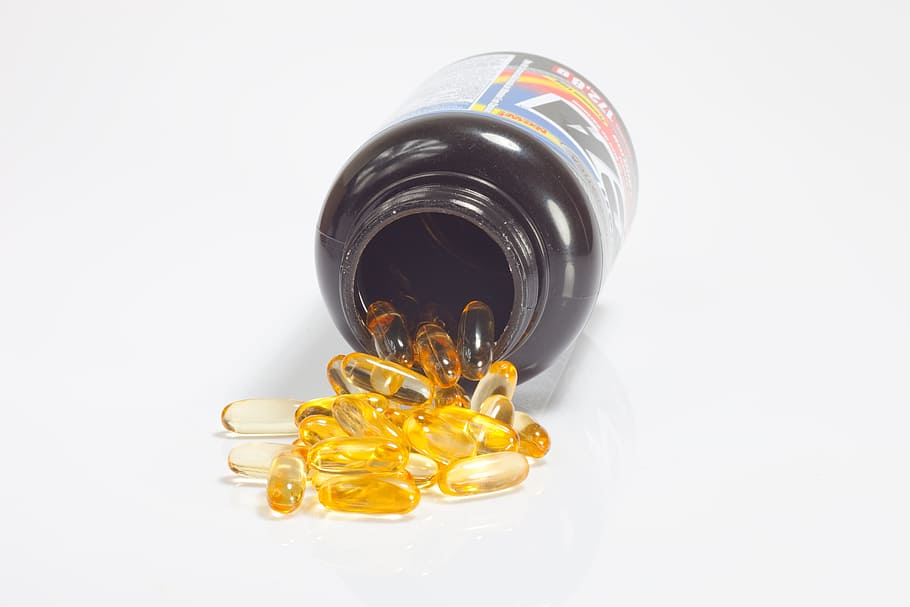
XIII. Naftopidil Contraindications
Absolute Contraindications: Naftopidil should not be used in patients with a known allergy to the drug or its components. It is also not recommended for patients with liver problems as it could increase the risk of adverse reactions.
Relative Contraindications and Cautions: When prescribing Naftopidil, caution should be exercised in patients with hypotension or other medications for high blood pressure. A careful evaluation of the risks and benefits is necessary in these cases.
Patient Education on Contraindications: Educating patients about the contraindications of Naftopidil is crucial to ensure safe usage. Patients should be informed about the contraindications. They are encouraged to report any pre-existing conditions or symptoms that might require adjustments in their treatment plan.
XIV. Careful Administration: Ensuring Safety and Efficacy
Best Practices in Administration: To ensure the management of Naftopidil, following the prescribed dosages and timings is vital. Take it with a glass of water and try to take it simultaneously daily to maintain consistent levels in your bloodstream. Monitoring and Follow-up Protocols: Follow-up appointments are crucial for monitoring how well you respond to Naftopidil. These checkups allow us to adjust your dosage if needed, address any side effects, and make sure the treatment continues to be effective.
- Periodic blood pressure and kidney function tests may be recommended as part of the monitoring process.
- Assessment of symptom relief and improvements in quality of life, are measures we use to evaluate your progress.
Patient Counseling and Education: We must provide counseling by discussing the purpose of this medication's potential side effects and emphasizing the importance of following the prescribed treatment plan. We will also educate you on lifestyle modifications that can enhance the effectiveness of Naftopidil.

